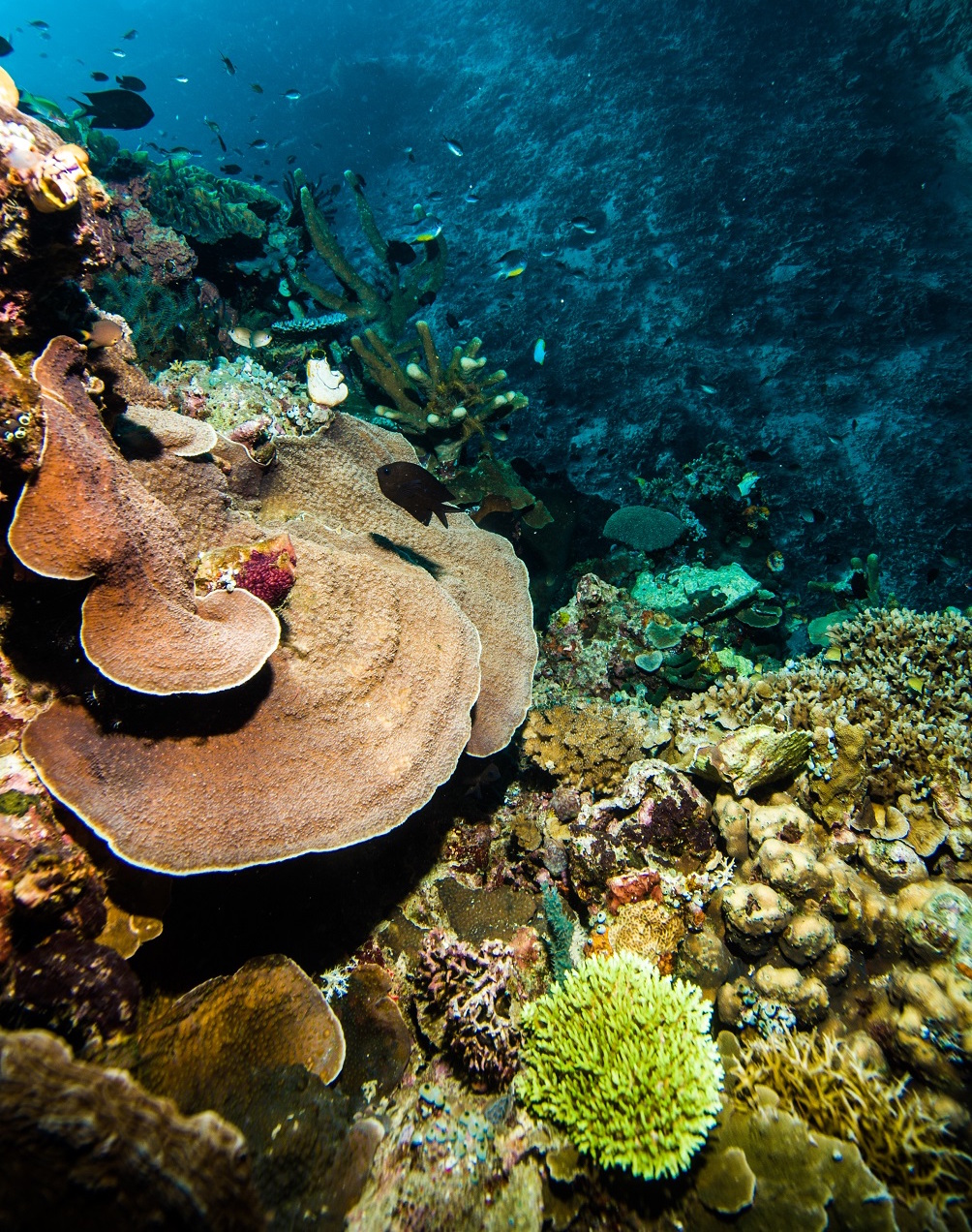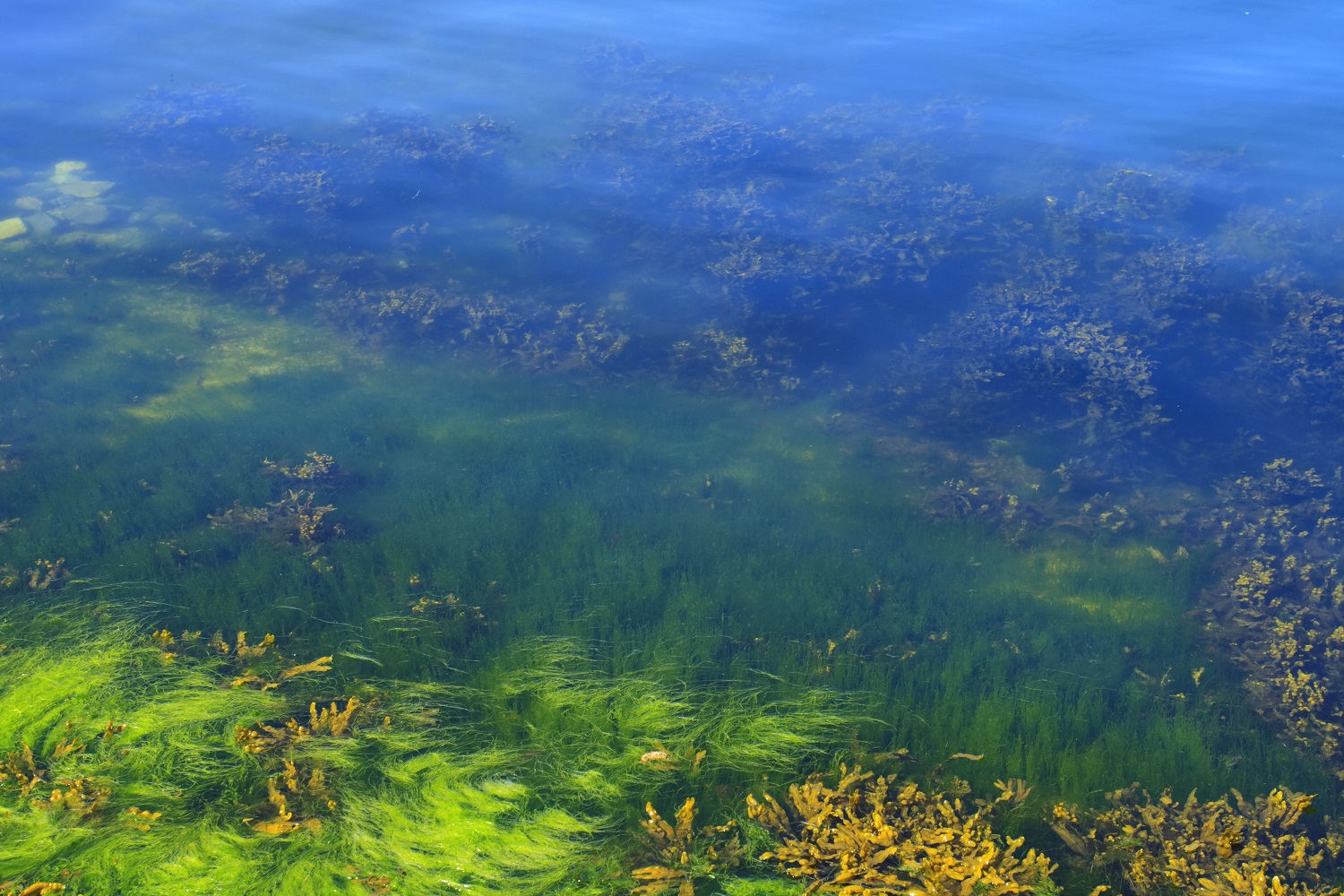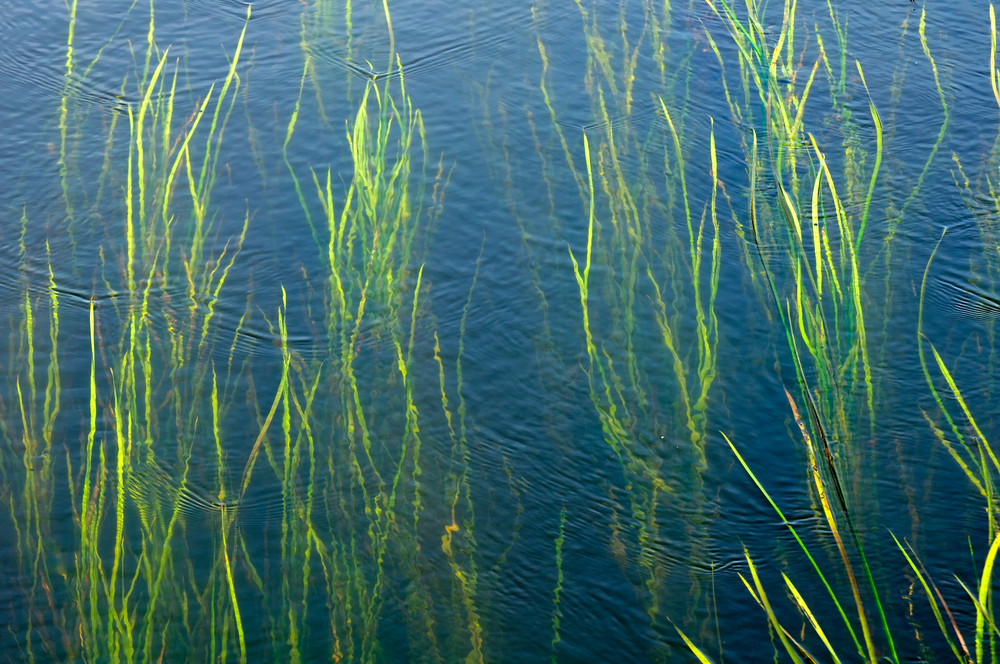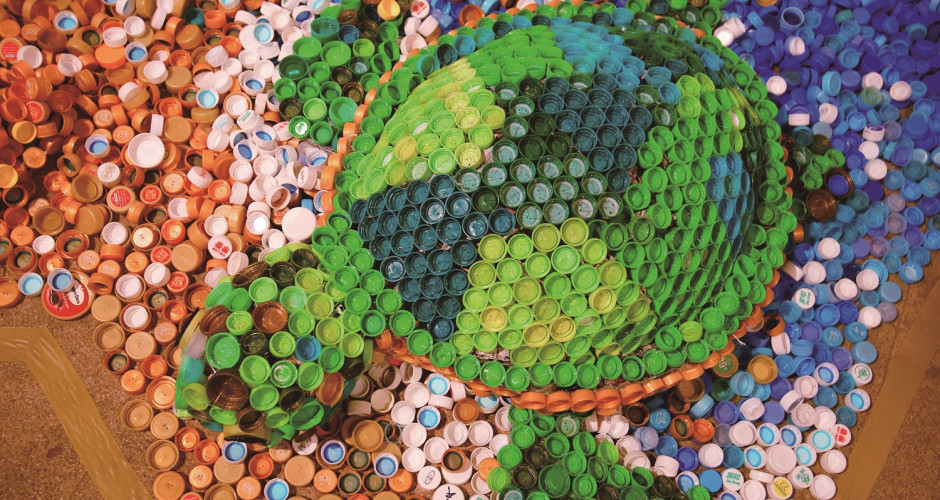In forests, plants and organisms make food and nutrients to survive using photosynthesis. This is an essential key for survival in all creatures on earth. Therefore, with an abundance of plants and animals, tropical rainforests are also known as “lungs of the earth.”
But do you know that the ocean is actually a blue, invisible forest where numbers of small organisms reside as silent guardians of the ecological balance on Earth?

Tiny Plankton:
The Anonymous Carbon Heroes
Plankton were discovered way back when the Earth was formed over four billion years ago. These tiny algae gave our planet the first breath of oxygen. Plankton, albeit small, take up three-quarters of the earth’s surface.The oxygen plankton produced in the ocean by photosynthesis is no less than the oxygen produced in rainforests. Each drop of seawater 100m below sea level contains thousands of photosynthetic free-floating microscopic plants.
These tiny residents living in the ocean get carbon dioxide (CO2) from the air surrounding them and store it at the bottom of the ocean. Data show that an estimated 30-40% of the CO2 released by humans into the atmosphere dissolves into oceans and other forms of water. Some of the dissolved CO2 reacts with the water to form carbonic acid and produce hydrogen ions, thus decreasing ocean alkalinity and increasing ocean acidity.
The Oceanʼs Capacity and Limit
Today, human activities have increased carbon emissions, causing an uptake of CO2 in the air year by year. As a result, the carbon content in the CO2 the ocean absorbs from the atmosphere is also increasing, thus changing the chemical properties of seawater. Research shows a 6% increase in the ocean acidity 100m below sea level in the Pacific region including Hawaii and Alaska from 1995 to 2010. Increasing levels of ocean acidity causes the solubility of carbonates to increase, thus slowing the growth rate of shelled animals such as oysters, clams, sea urchins, swallow- and deepwater corals. Acidification is putting these shell-builders’ lives at risk, jeopardizing their survival, and can even be fatal.

Ocean Acidification: The Greenhouse Effectʼs Evil Twin
Since the Industrial Revolution, excessive CO2 emissions have caused ocean acidity to increase by 30%. Evaluation of future trends estimates that by the end of the 21st century, ocean acidity will decrease from 8.2 to 7.7, the lowest pH in 20 million years. Increasing ocean acidity changes the balance of the ocean, and threatens the lives of the organisms that call the ocean home. According to the United Nations Environment Programme (UNEP), oceanic climate change will change marine life, decrease marine production, further intensifying global warming. Ocean acidification reduces the ocean’s capability to absorb CO2 resulting in elevated atmospheric CO2 and ultimately worsening global warming. Therefore, ocean acidification is an important reason why we should show serious concerns over CO2 emissions.

Let Us Become Guardians of the Ocean
The ocean, origin of all species, nourishes the Earth. Beneath the rhythmic, continuous flow of the ocean, countless living creatures are given birth. As we explore the vast waters of the ocean, shouldn’t we also think about ways to preserve the ocean’s beauty and allow the forest living within to continue breathing?
Reference
Jackie Savitzʼs TED Talk
Using the Ocean to Store CO2, Chen-Tung Arthur Chen
Ocean Acidification—The Greenhouse Effectʼs Evil Twin


